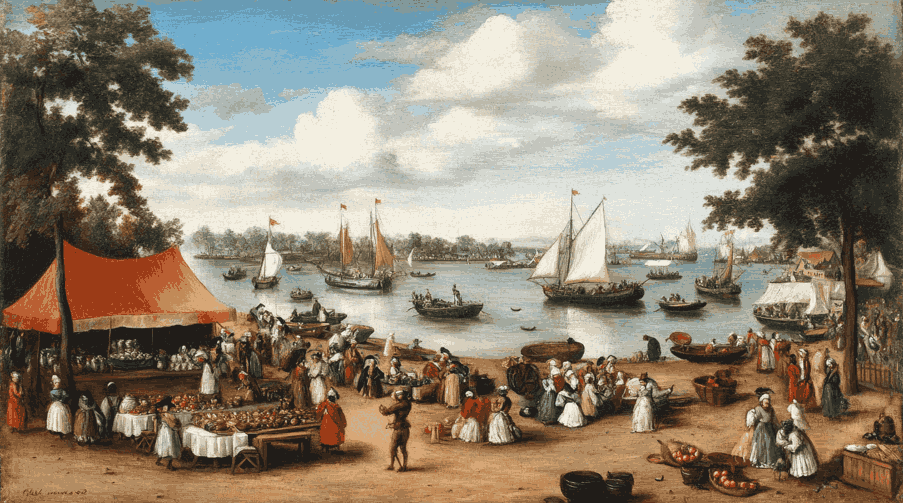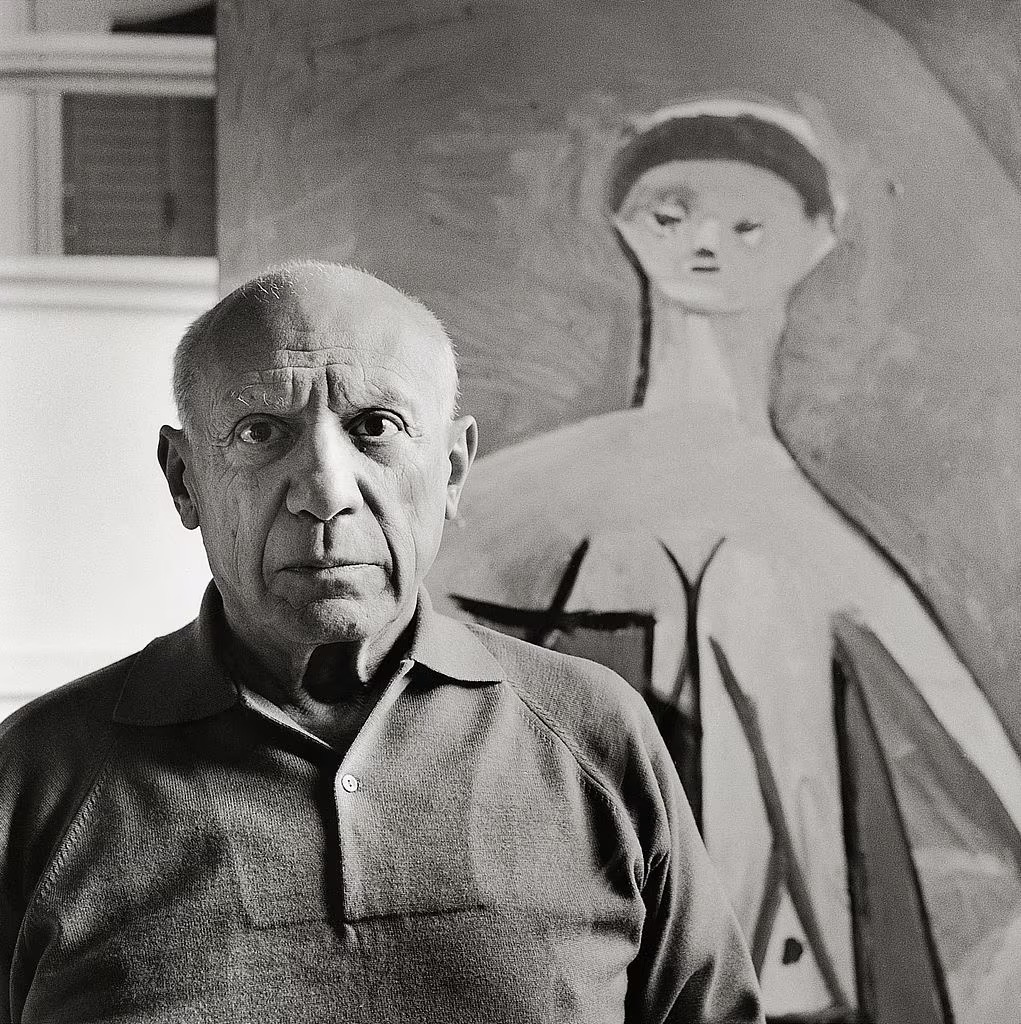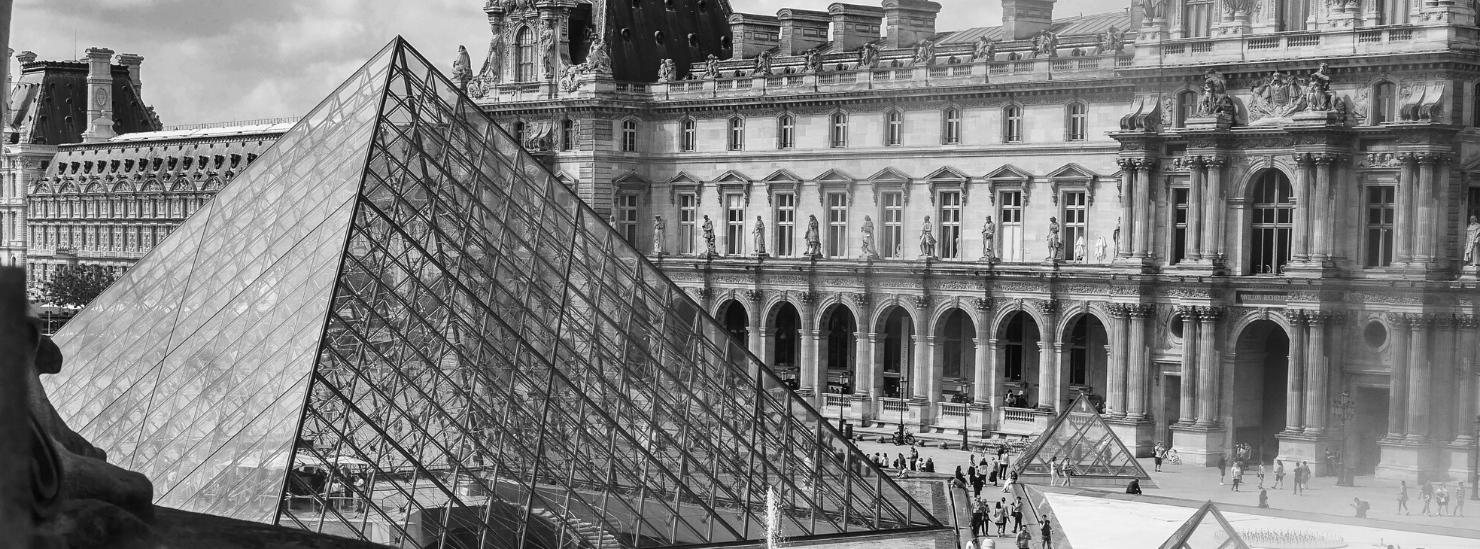In the dimly lit chambers of the art world, where authenticity is a treasure sought by scholars and collectors alike, a painting emerged like a whisper from the past, carrying with it the allure of a lost masterpiece. This painting, known as “La Bella Principessa“, was attributed to none other than the legendary Leonardo da Vinci himself.
The story of “La Bella Principessa” was a tale of intrigue and deception that unfolded in the early 21st century. It began innocently enough when a little-known art dealer stumbled upon what appeared to be a forgotten Renaissance gem. The painting, a delicate portrait of a young woman, captivated his imagination. Its ethereal beauty and meticulous detail seemed to bear the unmistakable touch of da Vinci’s genius.
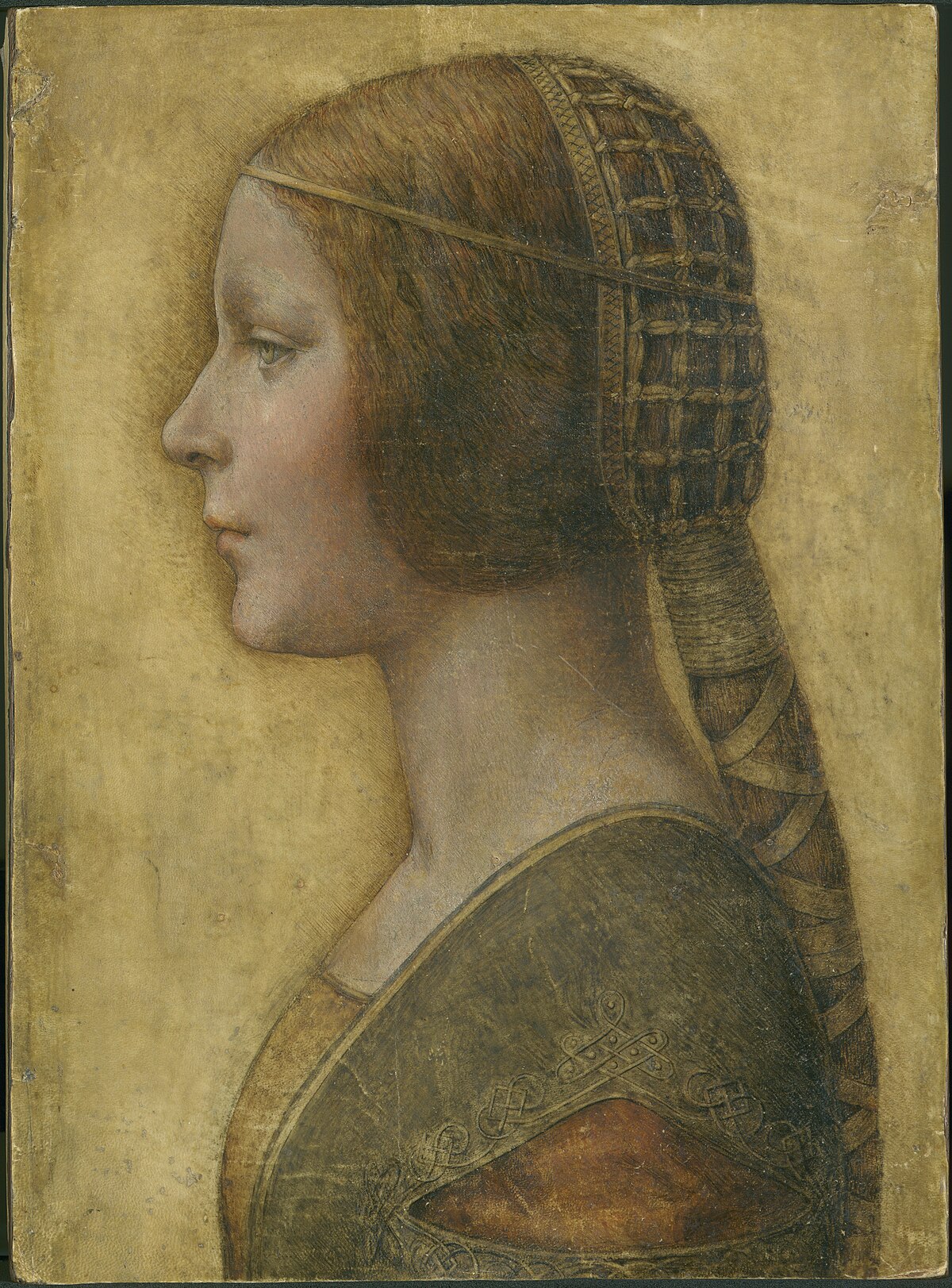
As the art world held its collective breath, experts from around the globe examined the painting, scrutinizing every brushstroke and nuance. Their collective verdict was a resounding chorus of awe and wonder. It was, they declared, a lost da Vinci masterpiece—a portrait of Bianca Sforza, an Italian noblewoman, destined to be remembered alongside the Mona Lisa and The Last Supper.
The world marveled at the revelation, and collectors vied for the privilege of owning this newfound treasure. The price tag soared into the tens of millions, and “La Bella Principessa” was hailed as one of the most significant art discoveries of the century. For a brief, shining moment, it seemed that the art world had been graced with a miraculous resurrection of da Vinci’s genius.
However, in the shadows of this jubilation, a few voices whispered their doubts. Skeptics questioned the painting’s provenance, its sudden appearance on the market, and the mysterious gaps in its history. Yet, in the face of overwhelming enthusiasm, these doubts were swept away like leaves in a storm.
But the tension in this tale was far from over. As years passed, the painting’s authenticity was scrutinized with increasing vigor. Forensic analysis and historical research revealed troubling inconsistencies. The forlorn truth began to emerge—La Bella Principessa may be a clever forgery, a brilliant ruse to deceive the art world.
The revelation sent shockwaves through the art community. Collectors who had spent fortunes acquiring the painting were left in a state of despair. Scholars who had passionately defended its authenticity now found themselves grappling with a painful reality—their cherished da Vinci might have been a phantom all along.
The once-celebrated masterpiece was now a symbol of deception, an embodiment of the fragile line between art and artifice. The tension that had simmered beneath the surface had erupted into a tempest of disbelief and disappointment. The forlorn terms of regret and betrayal echoed through the halls of the art world.
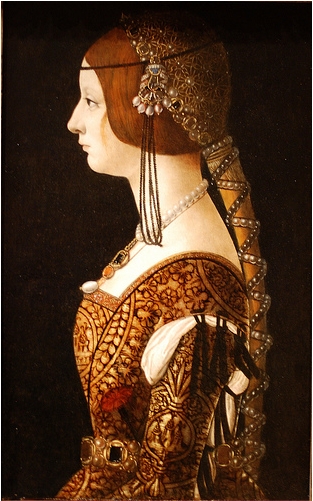
As the dust settled, “La Bella Principessa” stood as a cautionary tale, a reminder that even the most revered names in art history can fall victim to forgery and deception. It was a testament to the enduring allure of the past and the enduring struggle to distinguish truth from illusion in the world of art. And while the painting itself may never regain its former glory, its story serves as a poignant reminder that in the world of art, authenticity is a treasure that is as elusive as it is precious.
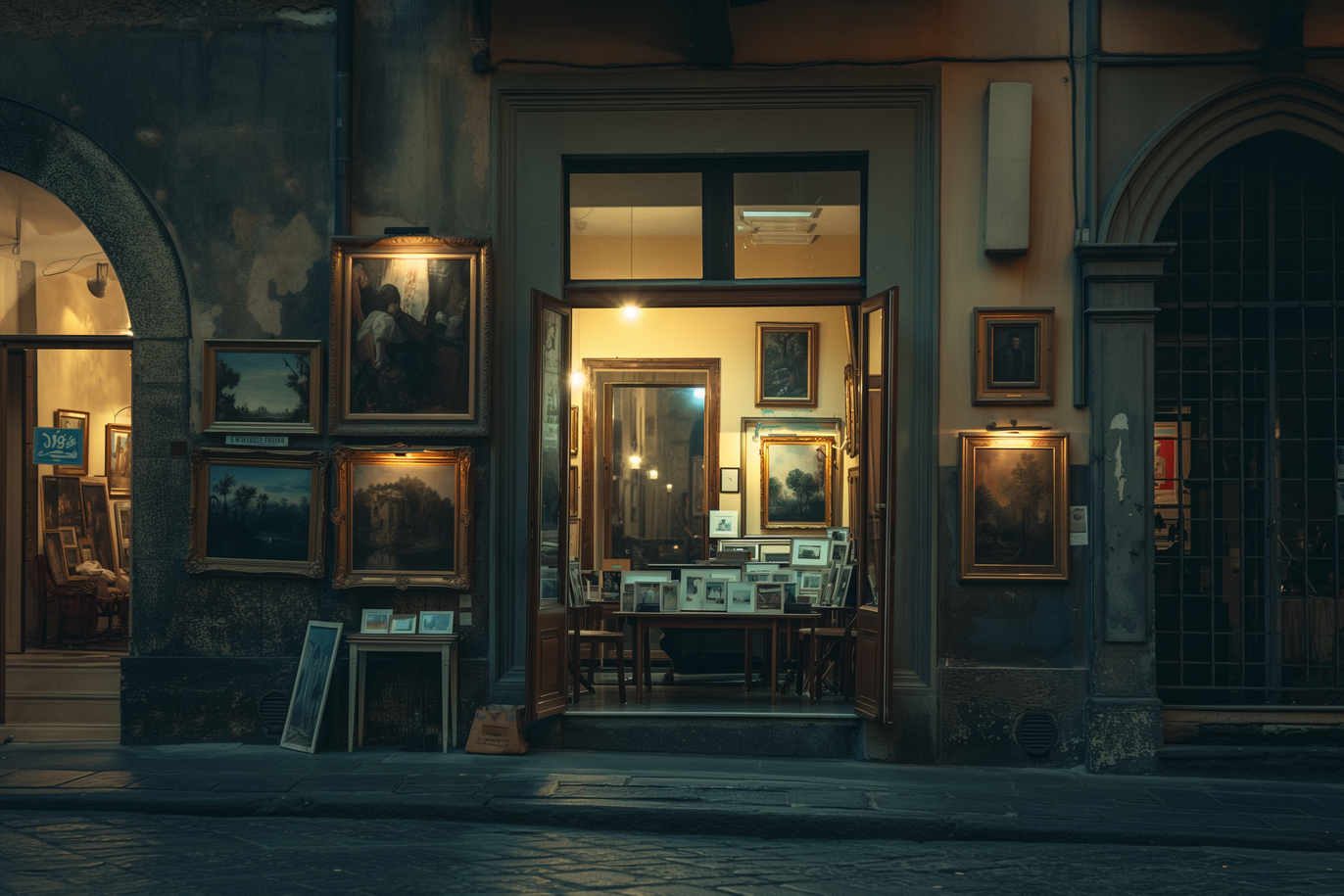
The story of “La Bella Principessa” serves as a haunting reminder of the challenges in preserving the authenticity of art throughout history, and it underscores the pressing need for innovative solutions like those pursued by the AURORA Project to protect and safeguard our cultural heritage from the shadows of deception and forgery.


